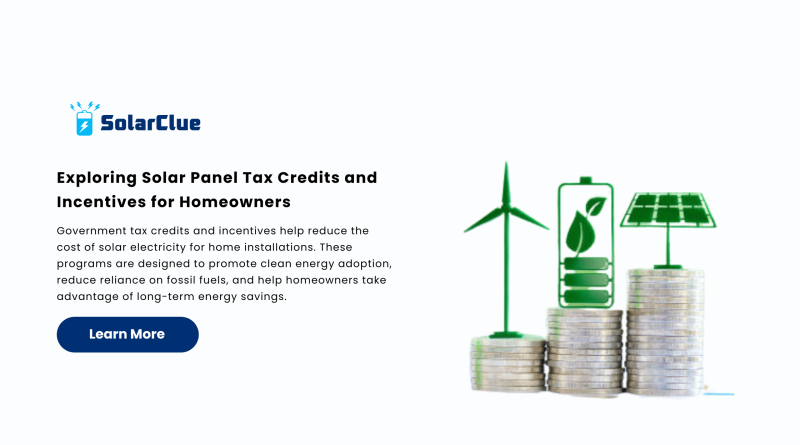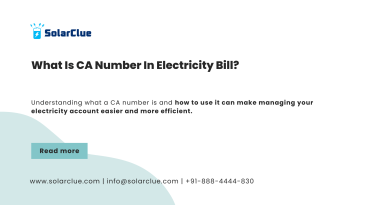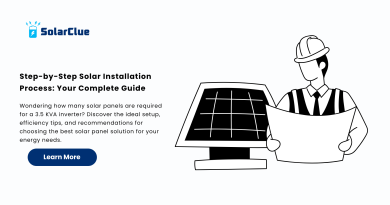Exploring Solar Panel Tax Credits and Incentives for Homeowners
As renewable energy gains momentum across the globe, more homeowners are turning to solar power for home to reduce their carbon footprint and save on energy costs. However, the solar panel price and solar system for home price may initially seem overwhelming without financial assistance. Fortunately, governments offer a variety of tax credits, rebates, and incentives that make the switch to solar panels for house more affordable. This guide will break down everything you need to know about these programs to maximize your savings and lower your upfront costs.
Table of Contents
- 1 What Are Solar Panel Tax Credits and Incentives?
- 2 Federal Solar Tax Credit (Investment Tax Credit – ITC)
- 3 How the ITC Works
- 4 State and Local Solar Incentives
- 5 How State Programs Influence Total Solar Costs
- 6 How Solar Tax Credits and Incentives Affect Solar Panel Prices
- 7 Additional Benefits of Solar Power for Homeowners
- 8 How to Get Started with Solar Panels for Your Home
- 9 Conclusion
- 10 FAQs
What Are Solar Panel Tax Credits and Incentives?
Government tax credits and incentives help reduce the cost of solar electricity for home installations. These programs are designed to promote clean energy adoption, reduce reliance on fossil fuels, and help homeowners take advantage of long-term energy savings.
There are three key types of incentives:
1. Tax Credits:
Direct reductions in the amount of taxes owed.
2. Rebates:
Cash payments or reductions in the initial solar plate price provided by state or local programs.
3. Net Metering:
A system where homeowners earn credit for excess solar power for house sent back to the grid.
The Federal Investment Tax Credit (ITC) is the most significant national incentive available for solar products for home installations. Let’s explore how it works.
Federal Solar Tax Credit (Investment Tax Credit – ITC)
The Federal Investment Tax Credit allows homeowners to deduct 30% of their home solar system cost from their federal taxes. For example, if you install a system that costs $20,000, you could receive a $6,000 tax credit. This credit has been instrumental in making solar panels for house more accessible and continues to be a major driver of solar adoption across the United States.
How the ITC Works
When homeowners install solar panels for their home, they can claim 30% of the system’s total cost, including photovoltaic panels price, in the year of installation. This reduces their overall tax liability, making a large portion of the upfront investment recoverable.
Eligibility Requirements
To qualify for the ITC, you must:
1. Own the home where the solar panels for house are installed.
2. Use the solar system primarily for residential purposes.
3. Install the system between now and 2032, after which the credit rate will gradually decrease.
Steps to Claim the Credit
1. Fill out IRS Form 5695 (Residential Energy Credits).
2. Include your total solar system for home price and any supporting documentation.
3. Apply the credit to your tax return to reduce your tax bill.
State and Local Solar Incentives
While the federal ITC provides substantial savings, many states and municipalities offer additional programs that can lower solar power system for home costs even further.
State Programs Overview
Some states have their own tax credits, rebates, and performance-based incentives. For example:
1. California:
The California Solar Initiative offers performance-based rebates for rooftop solar installations.
2. New York:
Provides tax exemptions and financing options for solar power for home systems.
These programs can dramatically reduce the solar panel price after installation.
Local and Utility Company Incentives
In addition to state programs, many local governments and utility companies provide:
1. Net Metering:
A credit system for homeowners who generate excess solar electricity for home.
2. Solar Renewable Energy Certificates (SRECs):
Tradable credits earned for generating solar energy, which can be sold to utility companies.
How State Programs Influence Total Solar Costs
Incentives at the state and local levels can cut installation costs by 10-30%, depending on where you live. For example, with both federal and state programs applied, the final solar system for home price could drop from $20,000 to as low as $10,000 in some regions.
How Solar Tax Credits and Incentives Affect Solar Panel Prices
Government incentives significantly lower the solar plate price, making solar panels for your home a more viable investment. Before any credits are applied, the average solar panel price ranges from $2.50 to $3.50 per watt. However, with a combination of federal, state, and local incentives, this price can be reduced by nearly 40%.
Here’s a breakdown of average system prices:
1. Before incentives: $18,000 – $25,000
2. After federal ITC: $12,600 – $17,500
3. After state incentives: $9,000 – $14,000 (depending on location)
Additional Benefits of Solar Power for Homeowners
1. Increased Property Value
Studies show that homes with solar energy for home systems can sell for up to 4% more than comparable properties without solar. This added value makes the investment even more worthwhile.
2. Lower Monthly Energy Bills
Homeowners who install solar panels for house can reduce their monthly electricity bills by 50-90%. For example, a household spending $150 per month on electricity could save over $1,500 annually by switching to solar power for house.
3. Contribution to Environmental Goals
By reducing dependence on fossil fuels, solar energy for home helps decrease greenhouse gas emissions and combat climate change.
How to Get Started with Solar Panels for Your Home
If you’re ready to invest in solar panels for your home, follow these steps:
1. Research your state and local incentives.
2. Get quotes from reputable solar installers.
3. Apply for the federal ITC when filing your taxes.
Conclusion
Solar tax credits and incentives are powerful tools that make solar panels for house more accessible and affordable. By combining federal, state, and local programs, homeowners can significantly lower their solar system for home price, enjoy long-term energy savings, and contribute to a cleaner environment.
FAQs
1. How much can I save with solar tax credits?
You can save up to 30% on your home solar system cost through the federal ITC, with additional savings from state and local programs.
2. Do I qualify for the federal solar tax credit?
You qualify if you own your home, use the system primarily for residential purposes, and install the system by 2032.
3. Are solar panels worth the investment?
Yes! Over time, solar power for home reduces your energy bills and increases your property’s value.
4. What is the average solar system installation cost?
Before incentives, the average solar system for home price is $18,000 to $25,000, depending on system size and location.
5. Can I sell excess solar energy back to the grid?
Yes, many states offer net metering programs where you can earn credits for excess solar electricity for home sent to the grid.
If you want to take our service or any enquiry you want, feel free to visit our website



